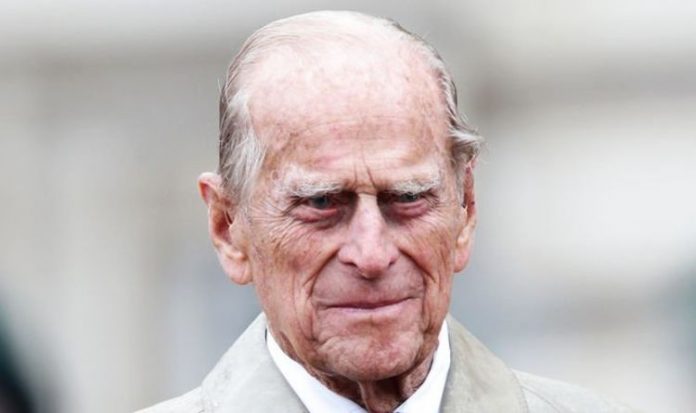Fly-on-the-wall royal family documentary BANNED
The Duke of Edinburgh was perceived as a modernising influence on the monarchy during the Queen’s first few decades on the throne. When the Royal Family’s popularity began to wane in the Sixties as more of the public began to question the relevance of the ancient institution, Philip was quick to act. However, his decision to give the go-ahead to the Royal Family documentary was widely condemned when the programme aired in 1969.
The full programme mysteriously disappeared from public access just three years after its debut, only appearing in snippets for special occasions when Buckingham Palace permitted it.
But, after the full 90-minute film curiously returned on YouTube earlier this month, royal watchers have been looking back at why this programme was considered so divisive in the first place.
The Queen’s former private secretary, Sir William Heseltine, is thought to have first planted the idea of a fly-on-the-wall documentary in Philip’s mind, suggesting it would help the public reconnect with the monarchy.
Sir William wanted the wall between the public and private lives of the Royal Family to be removed, so that they were no longer “one-dimensional figures”.
When he pitched the idea to the Duke of Edinburgh, Philip agreed and said: “It is quite wrong that there should be a sense of remoteness or majesty.
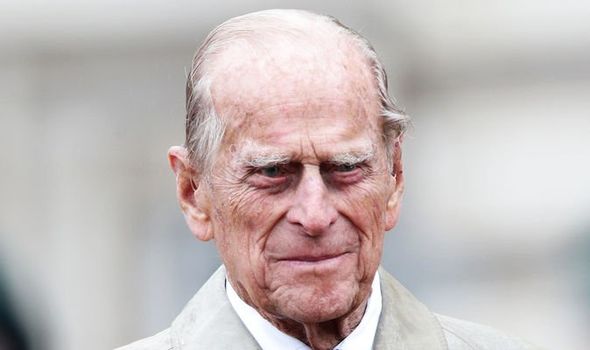
Prince Philip crushed as ‘fatal error’ in royal values unveiled (Image: Getty)
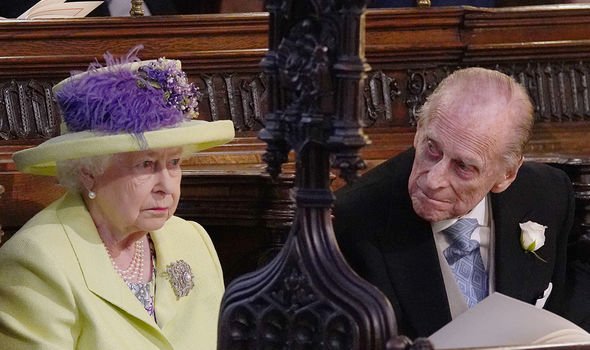
Philip was accused of making a serious blunder in his understanding of what is valuable about the Royal Family (Image: Getty)
“If people see, whoever it happens to be, whatever head of state, as individuals, as people, I think it makes much easier for them to accept the system and feel part of it.”
Yet, as royal journalist Clive Irving claimed in the Daily Beast: “That was a fatal error in his thinking.
“It ran counter to a core belief about what kept the monarchy viable.
“The essence of the brand was majesty.
“It was an inexact word describing a quality of appearance and stature supposedly attained only by birth.
READ MORE: Kate Middleton ‘tension’ with Charles and Camilla over royal children
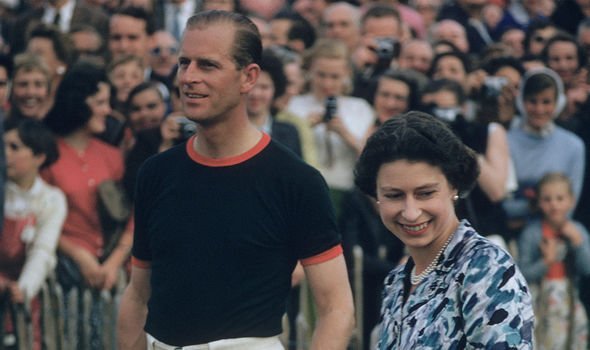
Philip was credited with being a modernising influence on the Firm during the Queen’s first few decades on the throne (Image: Getty)
“And there was no new bargain made with the public in which they would suddenly feel ‘part of the system’.”
Upon its release, even the Queen’s now close friend Sir David Attenborough — then BBC Two Controller — claimed the footage threatened to “kill the monarchy”.
Philip was accused of making the crucial blunder of making the royals too accessible.
He also featured in some incredibly tense moments which made it into the final cut, such as when he described how his father-in-law King George VI had attacked a rhododendron bush with a pruning knife during a fit of rage.
The footage reveals Philip telling his family how the Queen’s predecessor “had very odd habits” and that “sometimes I thought he was mad”.
Royal author Peter Conradi even suggested that the Duke of Edinburgh struggled with the level of intrusion required for such a programme.
He claimed that Philip even snapped at the camera crew one time and said: “Get away from the Queen with your bloody cameras!”
DON’T MISS
Philip’s dig at ‘royals seeking normality’ as Archie’s return looms [EXPLAINED]
Philip’s romance with Queen summed up as Duke ‘just like George VI’ [EXPOSED]
Prince Philip’s brutal take on Cenotaph move amid Harry request [INSIGHT]
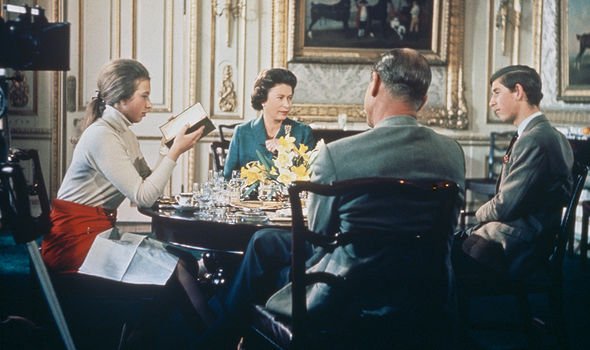
A still from the Royal Family documentary (Image: Getty)
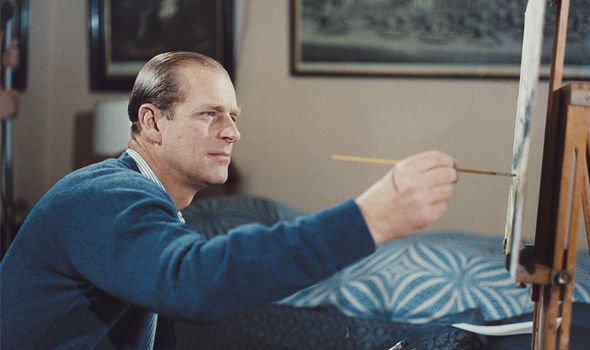
The Royal Family documentary showed the royals living an ordinary life (Image: Getty)
In terms of attracting an audience, the programme was undoubtedly a success with more than 30 million viewers in the UK watching the premiere.
History.com even claimed: “During an intermission, toilets flushed all over London, causing a water shortage.”
Former curator of the National Portrait Gallery Paul Moorhouse told The Telegraph: “It defined the nation’s view of the Queen.
“The audience were amazed to be able to hear the Queen speaking spontaneously, and to see her in a domestic setting.”
Yet, others blamed the documentary for turning the royals into celebrities, as it paved the way for the public to have greater access to the Firm’s private lives.
The film was reportedly locked away in the vaults on the Queen’s instructions in 1972, after just a handful of viewings, because she was too aware of damaging the mystery that the monarchy thrives on.
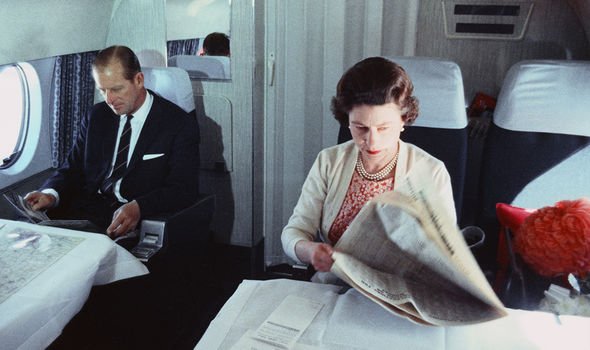
The documentary was considered a huge mistake for making the royals too accessible (Image: Getty)
As the Daily Mail noted in 2011: “Her attitude towards this misjudged experiment remains implacably negative.”
It pointed to the Queen’s decision to only allow 90-seconds of the film to be played at the National Portrait Gallery for the exhibition, ‘Queen: Art and Image’.
As Mr Moorhouse noted: “Legend has it that the Queen doesn’t want parts of it to be shown.
“I wish we could show it in its entirety. It tells you a lot about family life.”
Notably, the Queen had been opposed to the idea when Philip first suggested it, as had the Queen Mother whose judgement on PR was considered “impeccable”.
The Mail recalled that the royal stalwart told friends it was “the most terrible idea”, but Philip and Lord Mountbatten allegedly pushed her daughter, the monarch, into it.
